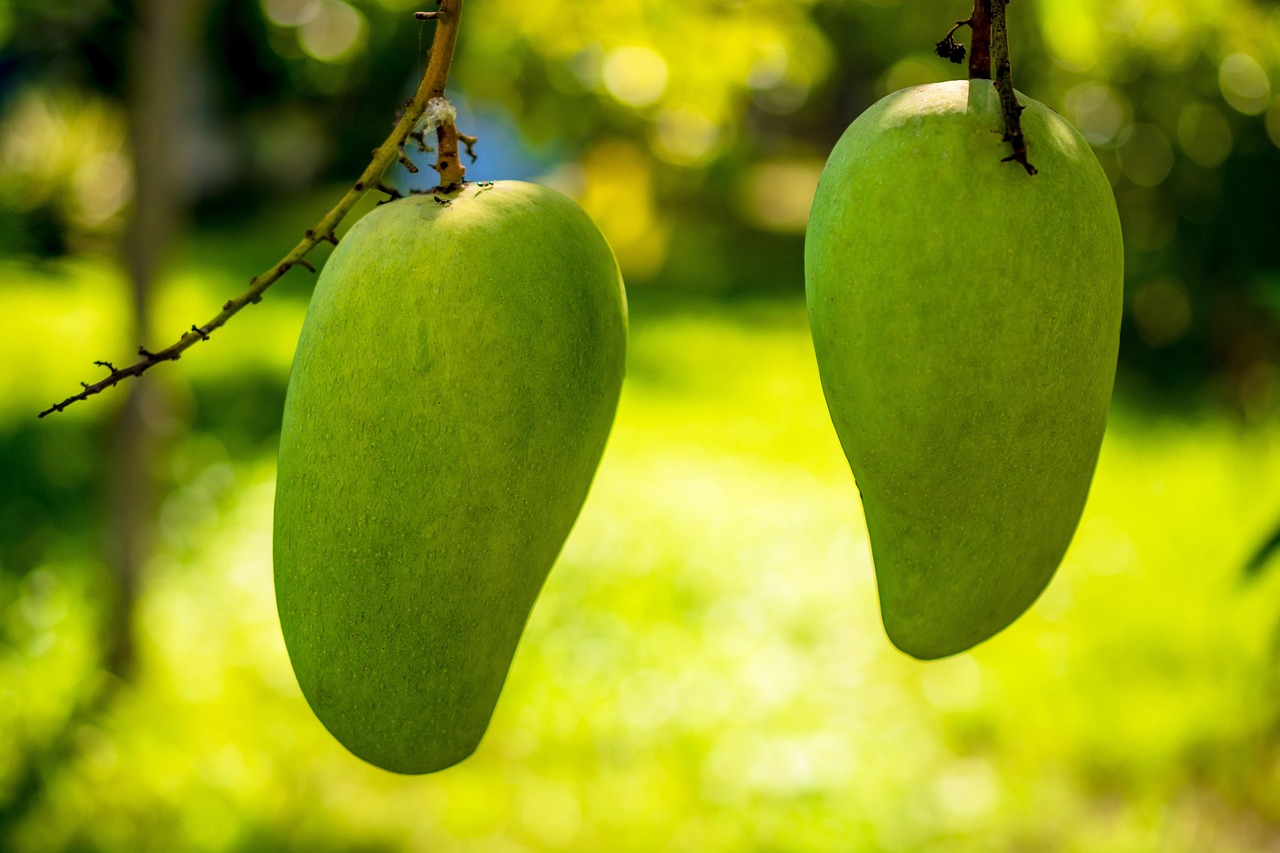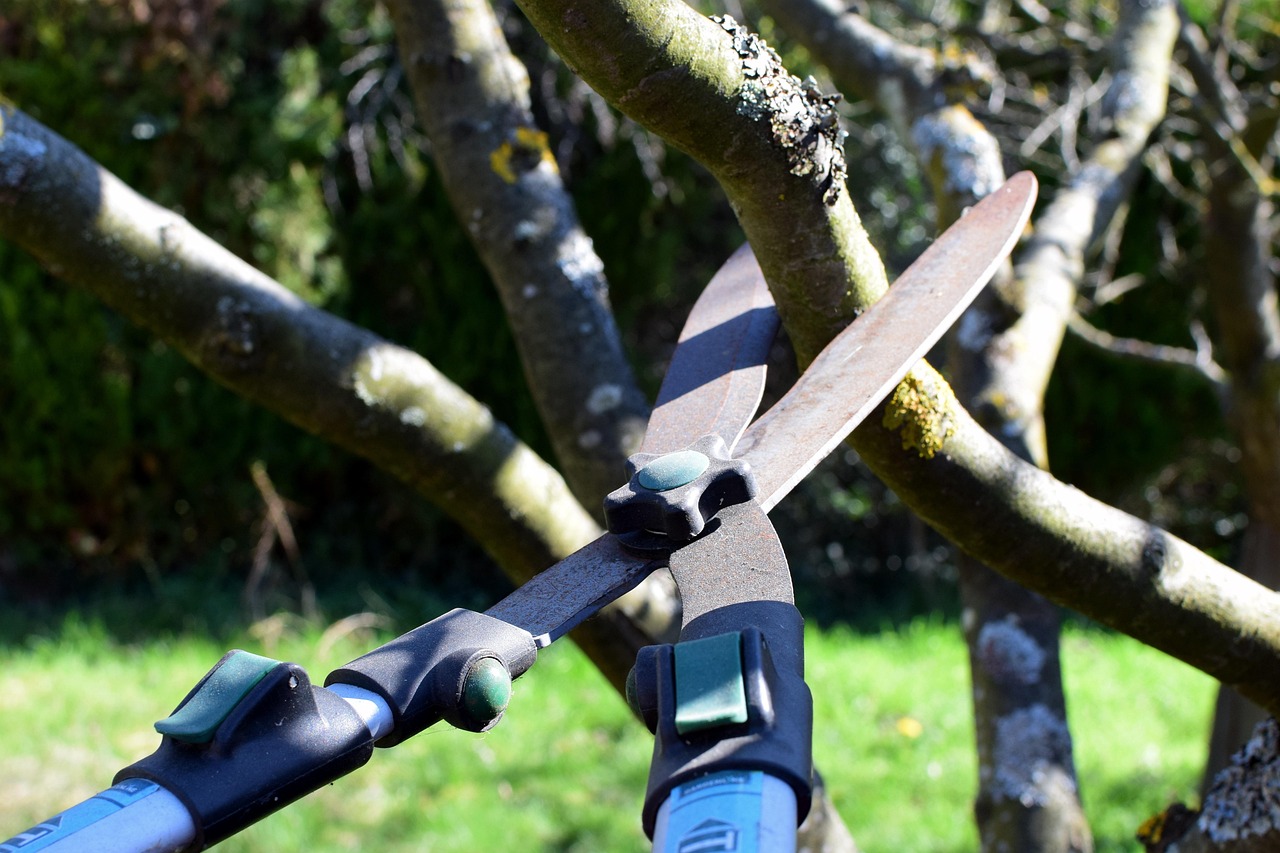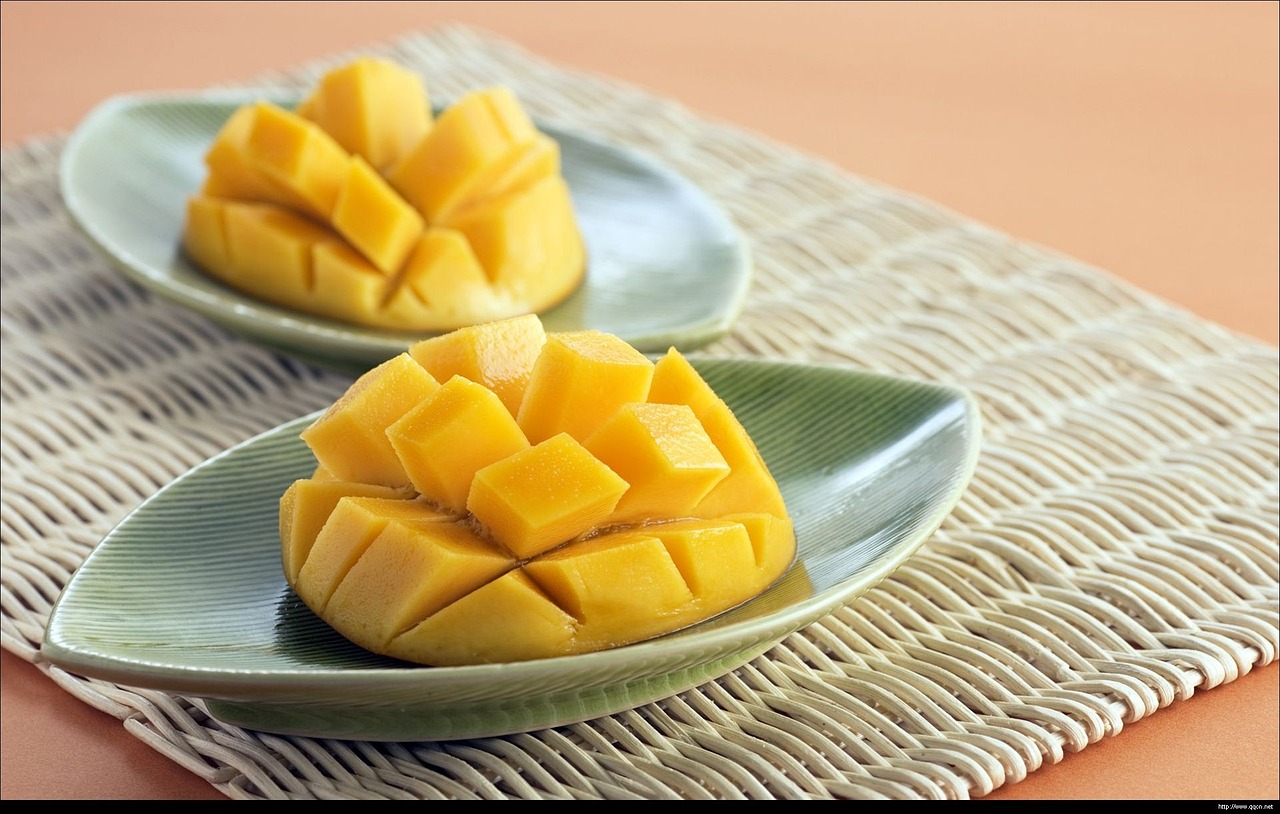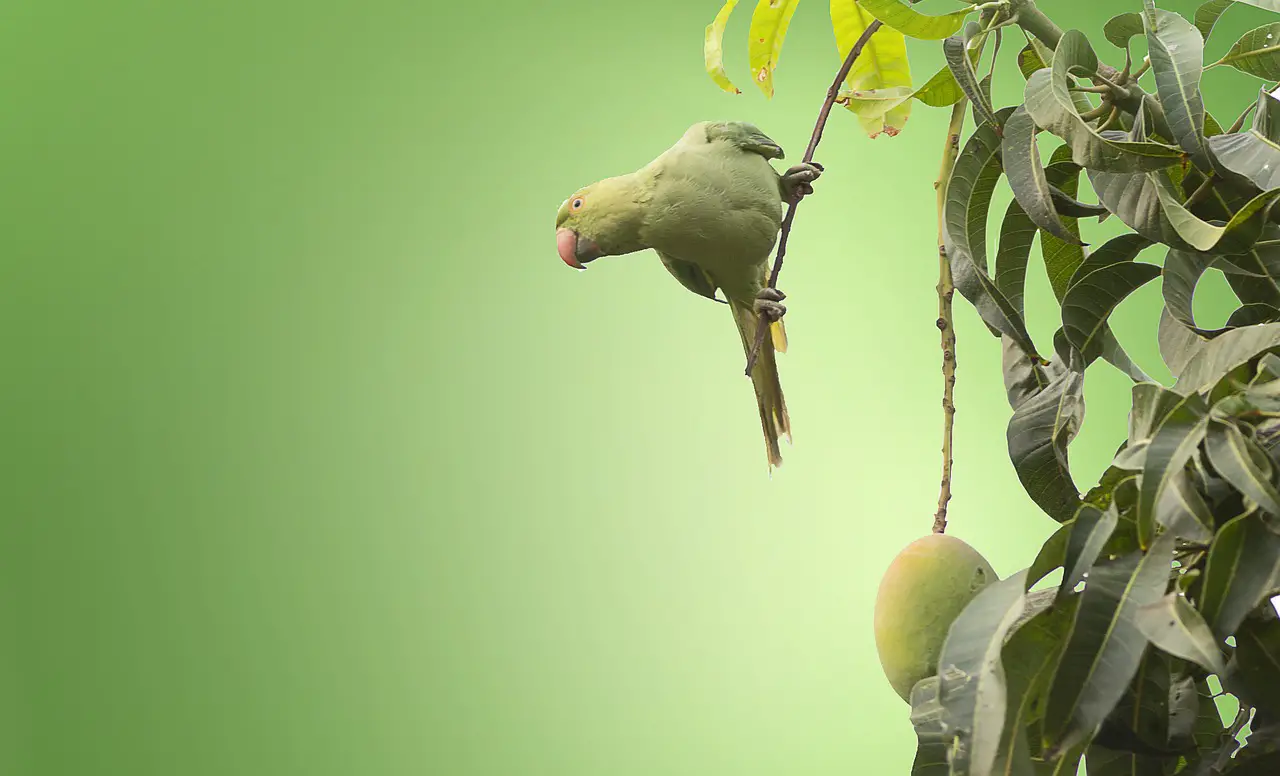Mango tree pruning is essential for maintaining healthy growth and maximizing fruit production in tropical landscapes. Proper techniques promote air circulation, light penetration, and overall tree vigor, ensuring a bountiful harvest.
Mango trees (Mangifera indica) are not only cherished for their delicious fruits but also for their attractive canopies and fragrant blossoms. In tropical climates, these trees thrive, providing shade and aesthetic appeal to gardens and landscapes. However, without proper care, mango trees can become overgrown, leading to reduced fruit quality and increased susceptibility to pests and diseases. Pruning is a vital practice that helps maintain the tree’s shape and health.

Understanding the right time and techniques for pruning mango trees can significantly impact their growth. The best time to prune mango trees is during the dry season. This timing helps reduce the risk of fungal infections that could occur if pruning is done during wet weather. Proper pruning techniques ensure that the tree maintains its natural shape while encouraging new growth and fruit production.
Benefits of Pruning Mango Trees
Pruning provides several benefits that contribute to the overall health and productivity of mango trees:
- Improved Air Circulation: Thinning out branches allows better airflow through the tree, reducing humidity and preventing fungal diseases.
- Enhanced Light Penetration: Pruning opens up the canopy, allowing sunlight to reach inner branches and leaves, which promotes healthy growth.
- Increased Fruit Production: Well-pruned trees often produce larger and higher-quality fruit due to improved nutrient distribution.
- Better Tree Shape: Regular pruning helps maintain an attractive shape, making the tree easier to manage and harvest.
- Removal of Dead or Diseased Wood: This practice prevents pests from spreading and encourages new growth.
Before starting the pruning process, it is essential to gather the right tools. Here are some tools commonly used for mango tree pruning:

| Tool | Description | Purpose |
|---|---|---|
| Hand Pruner | A small tool for cutting branches up to ¾ inch thick. | Ideal for trimming small branches and shaping the tree. |
| Lopper | A long-handled tool for cutting branches up to 2 inches thick. | Used for reaching higher branches without climbing. |
| Saw | A pruning saw for cutting larger branches. | Necessary for removing dead or problematic limbs. |
| Hedge Shears | A tool with long blades for shaping foliage. | Useful for creating a neat appearance. |
| Gloves | Protective gloves for hand safety. | Essential when working with sharp tools and branches. |
When pruning mango trees, it is crucial to follow specific techniques to ensure the health of the tree. Here are some key steps to consider:
Pruning Techniques
The following techniques will help achieve effective pruning:
- Remove Dead or Diseased Branches: Look for any branches that show signs of disease or decay. Cut them back to healthy tissue.
- Thin Out Crowded Areas: Identify areas where branches are crossing or crowded. Remove some of these branches to improve light exposure and air circulation.
- Maintain a Central Leader: Encourage one main trunk to develop by removing competing leaders. This helps create a strong structure.
- Cut Above Buds: Always make cuts just above a bud or branch junction. This encourages new growth in the desired direction.
- Limit Pruning Height: Avoid excessive height when pruning. A manageable height makes harvesting easier and reduces the risk of branch breakage.
The size and age of the mango tree will determine how much to prune. Younger trees typically require less drastic pruning compared to older, established trees. Observing the natural shape of the tree can guide your pruning decisions.

A well-pruned mango tree not only looks appealing but also produces better fruit yields. By following these guidelines, gardeners can ensure their mango trees remain healthy and productive in tropical landscapes. Proper care through pruning is an investment in future harvests, leading to flavorful and abundant mangoes enjoyed by all.
Timing for Pruning Mango Trees
Timing is a critical factor in the successful pruning of mango trees. The right season can enhance recovery and promote healthy growth. Understanding the optimal times for pruning can help maximize the benefits.
The best time to prune mango trees is during the dry season when the risk of fungal infections is lower. In tropical regions, this usually occurs after the fruit harvest and before the rainy season begins. Specific timing can vary based on local climate conditions, but here are some general guidelines:

- Post-Harvest Pruning: Prune immediately after harvesting ripe mangoes to prepare the tree for new growth.
- Pre-Rainy Season Pruning: Complete pruning before the onset of heavy rains, typically a few weeks before the rainy season starts.
- Young Trees: For young mango trees, light pruning can be done throughout the year to encourage branching and shape development.
Identifying the Right Branches to Prune
Knowing which branches to prune is essential for maintaining a healthy mango tree. Not all branches are equal, and making informed decisions can lead to a more productive tree. Here are some key factors to consider:
- Dead or Diseased Branches: Look for branches that are brown, brittle, or show signs of disease. Removing these helps prevent the spread of pathogens.
- Crowded Branches: Identify branches that are growing too close together. Thinning these will improve air circulation and light penetration.
- Weak Growth: Remove branches that are weak or growing at awkward angles. This encourages stronger, healthier growth.
- Low-Hanging Branches: Cut back branches that hang too low, as they can become a hazard and interfere with lawn maintenance.
Pruning Techniques for Different Ages of Mango Trees
The age of your mango tree significantly influences the pruning techniques you should employ. Different stages of growth require tailored approaches for effective pruning.
Young Mango Trees (0-3 Years)
Young mango trees benefit from formative pruning to establish a strong structure. Here are some techniques:
- Initial Shaping: Focus on creating a central leader by removing competing branches. Aim for an open canopy to allow light penetration.
- Encouraging Side Branches: Cut back the main stem to encourage lateral branching, which will increase fruiting sites later.
- Regular Inspection: Monitor growth regularly and make small adjustments as needed to guide development.
Mature Mango Trees (4 Years and Older)
Mature trees require different strategies to maintain health and productivity. Consider these techniques:
- Thinning Cuts: Remove older wood and crowded branches to encourage new growth and improve fruit quality.
- Structural Pruning: Focus on maintaining a balance between branches to avoid breakage from heavy fruit loads.
- Disease Management: Regularly inspect for diseases and remove affected limbs promptly to protect tree health.
Common Mistakes to Avoid When Pruning
Pruning can be a straightforward task if approached correctly. However, several common mistakes can undermine efforts and harm the tree’s health. Avoid these pitfalls:
- Over-Pruning: Removing too much foliage can stress the tree and reduce fruit production. Prune conservatively.
- Poor Cutting Techniques: Making cuts at awkward angles or leaving long stubs can invite pests and disease. Always aim for clean cuts just above buds.
- Ineffective Timing: Pruning during wet conditions increases the risk of fungal infections. Stick to dry periods for best results.
- Lack of Planning: Failing to plan your pruning strategy can lead to haphazard cuts. Always assess the tree structure before starting.
Aftercare Post-Pruning
The work doesn’t end after pruning. Proper aftercare is crucial for helping your mango tree recover and thrive. Here are some aftercare practices:
- Watering: Ensure the tree receives adequate water, especially during dry spells, to support new growth.
- Fertilization: Apply a balanced fertilizer after pruning to provide essential nutrients for recovery.
- Pest Management: Monitor for any signs of pests or diseases in the weeks following pruning. Early action can prevent larger problems.
- Mulching: Apply mulch around the base of the tree to retain moisture and suppress weeds.
Caring for your mango tree after pruning is essential for its recovery and future productivity. By implementing these practices, gardeners can ensure their trees remain vigorous and fruitful for years to come.
Tools and Equipment for Pruning Mango Trees
Having the right tools is essential for effective pruning of mango trees. Proper equipment not only makes the job easier but also ensures clean cuts, which are vital for tree health. Here is a list of essential tools needed for mango tree pruning:
- Hand Pruner: A small tool ideal for cutting thin branches and shaping the tree. It’s great for detailed work.
- Lopper: A long-handled tool used for cutting branches that are too thick for hand pruners. It helps reach higher areas without climbing.
- Pruning Saw: A saw designed specifically for pruning larger branches. Its design allows for smooth cuts without damaging the tree.
- Hedge Shears: Useful for shaping foliage and maintaining the overall appearance of the tree.
- Safety Gear: Including gloves, safety glasses, and a hard hat if working in taller trees to protect against falling branches.
Pruning Safety Tips
Safety should always be a top priority when pruning mango trees. Here are some important safety tips to consider:
- Wear Protective Gear: Always wear gloves and goggles to protect your hands and eyes from debris.
- Use Sharp Tools: Ensure all tools are sharp and in good condition. Dull tools can lead to accidents and poor cuts.
- Be Aware of Your Surroundings: Look out for nearby power lines, structures, or other hazards while working.
- Work with a Partner: If possible, have someone assist you. They can help spot dangers and provide support.
- Cautious Ladder Use: If you need to climb, ensure the ladder is stable and positioned correctly. Avoid overreaching.
Pest and Disease Management in Pruned Mango Trees
After pruning, it’s crucial to monitor the mango tree for pests and diseases. Pruning can sometimes expose the tree to new threats. Here are common pests and diseases to watch out for:
Common Pests
- Mango Fruit Fly: These pests lay eggs in the fruit, leading to decay. Use traps or insecticides as necessary.
- Mango Leafhoppers: These small insects feed on sap, causing yellowing leaves. Regular inspections and insecticidal soap can help control them.
- Mites: Spider mites can cause leaf damage and reduce fruit quality. Keep foliage moist to deter them.
Common Diseases
- Powdery Mildew: This fungal disease appears as a white powder on leaves. Applying fungicides can help manage it.
- Antracnose: This fungal infection causes dark spots on leaves and fruit. Preventive sprays during wet conditions can reduce risk.
- Gummosis: A condition where resin leaks from cuts or wounds on the tree. Keep cuts clean and apply wound sealants if necessary.
Recognizing Signs of Tree Stress
After pruning, it is essential to observe the tree for any signs of stress. Recognizing these symptoms early can help address problems before they escalate. Here are some signs to look out for:
- Yellowing Leaves: This can indicate nutrient deficiencies or stress from over-pruning.
- Pest Infestation: Look for unusual insect activity or damage to leaves and fruit as indicators of pest problems.
- Sap Leakage: Excessive gumming or sap leakage can signal issues with tree health or improper pruning techniques.
- Stunted Growth: If new growth appears weak or minimal, it may suggest that the tree is struggling after pruning.
The Role of Soil Health in Pruning Success
A healthy soil environment is critical for the overall success of mango trees, especially after pruning. Proper soil conditions support root growth and nutrient uptake, which are vital during recovery periods. Here are some factors to consider regarding soil health:
- Nutrient-Rich Soil: Ensure that soil has adequate nutrients, particularly nitrogen, phosphorus, and potassium. Soil testing can help determine nutrient levels.
- Drainage: Good drainage is necessary to prevent waterlogging, which can lead to root rot. Consider raised beds if drainage is an issue.
- Organic Matter: Incorporating compost or well-rotted manure can improve soil structure and fertility.
- pH Levels: Mango trees prefer slightly acidic to neutral soil (pH 5.5 to 7). Test soil pH to ensure optimal conditions.
A well-prepared soil environment will enhance the recovery of a mango tree after pruning, leading to vigorous growth and fruitful harvests in subsequent seasons. Implementing these practices ensures that your mango trees continue to thrive in tropical landscapes.
Additional Considerations for Mango Tree Care
Beyond pruning and soil health, there are other factors that can significantly influence the growth and productivity of mango trees in tropical landscapes. Understanding these considerations can help ensure a thriving environment for your trees.
Watering Practices
Proper watering is crucial for the health of mango trees, especially during the growing season. Here are some important aspects to consider:
- Frequency: Young mango trees require more frequent watering compared to established trees. During dry spells, ensure young trees receive water at least twice a week.
- Deep Watering: Water deeply rather than shallowly. This encourages deep root growth and resilience against drought conditions.
- Mulching: As previously mentioned, applying mulch can help retain moisture in the soil, reducing the frequency of watering needed.
Fertilization Schedule
Regular fertilization is essential for supporting healthy growth and maximizing fruit production. Here’s how to establish an effective fertilization schedule:
- Type of Fertilizer: Use a balanced fertilizer formulated for fruit trees. Look for a mix with equal parts nitrogen, phosphorus, and potassium (N-P-K).
- Application Timing: Fertilize in early spring before new growth begins and again in mid-summer to support fruit development.
- Follow Instructions: Always follow the manufacturer’s instructions regarding application rates to avoid over-fertilization, which can harm the tree.
Seasonal Maintenance Tasks
Regular maintenance tasks throughout the year can enhance the health of mango trees. Consider implementing the following practices:
- Weed Control: Keep the area around the tree free of weeds that compete for nutrients and water. Use mulch as a barrier against weeds.
- Regular Inspections: Check for signs of pests or diseases regularly. Early detection is key to effective management.
- Pruning Guidelines: Aside from annual pruning, monitor the tree’s growth and make minor adjustments as needed throughout the year.
Final Thoughts
Pruning mango trees is a vital practice that fosters healthy growth, improves fruit quality, and enhances overall tree structure. By understanding the right techniques, timing, and tools, gardeners can effectively manage their mango trees in tropical landscapes. Proper aftercare, including watering, fertilization, and monitoring for pests and diseases, further supports the recovery and productivity of these beautiful trees.
Additionally, maintaining soil health is fundamental for the long-term success of mango cultivation. Regular soil testing, organic amendments, and attention to pH levels will ensure that your trees have the necessary nutrients for robust growth.
The rewards of caring for mango trees are plentiful. Not only do they provide delicious fruits enjoyed by many, but they also add beauty and shade to any landscape. By following this comprehensive pruning guide and implementing best practices in tree care, gardeners can look forward to a fruitful harvest season after season.
In summary, mango tree pruning is more than just cutting branches; it involves a holistic approach to tree health that encompasses watering, fertilization, pest management, and soil care. Engaging with these practices will lead to flourishing mango trees that yield abundant, high-quality fruit in tropical environments.
